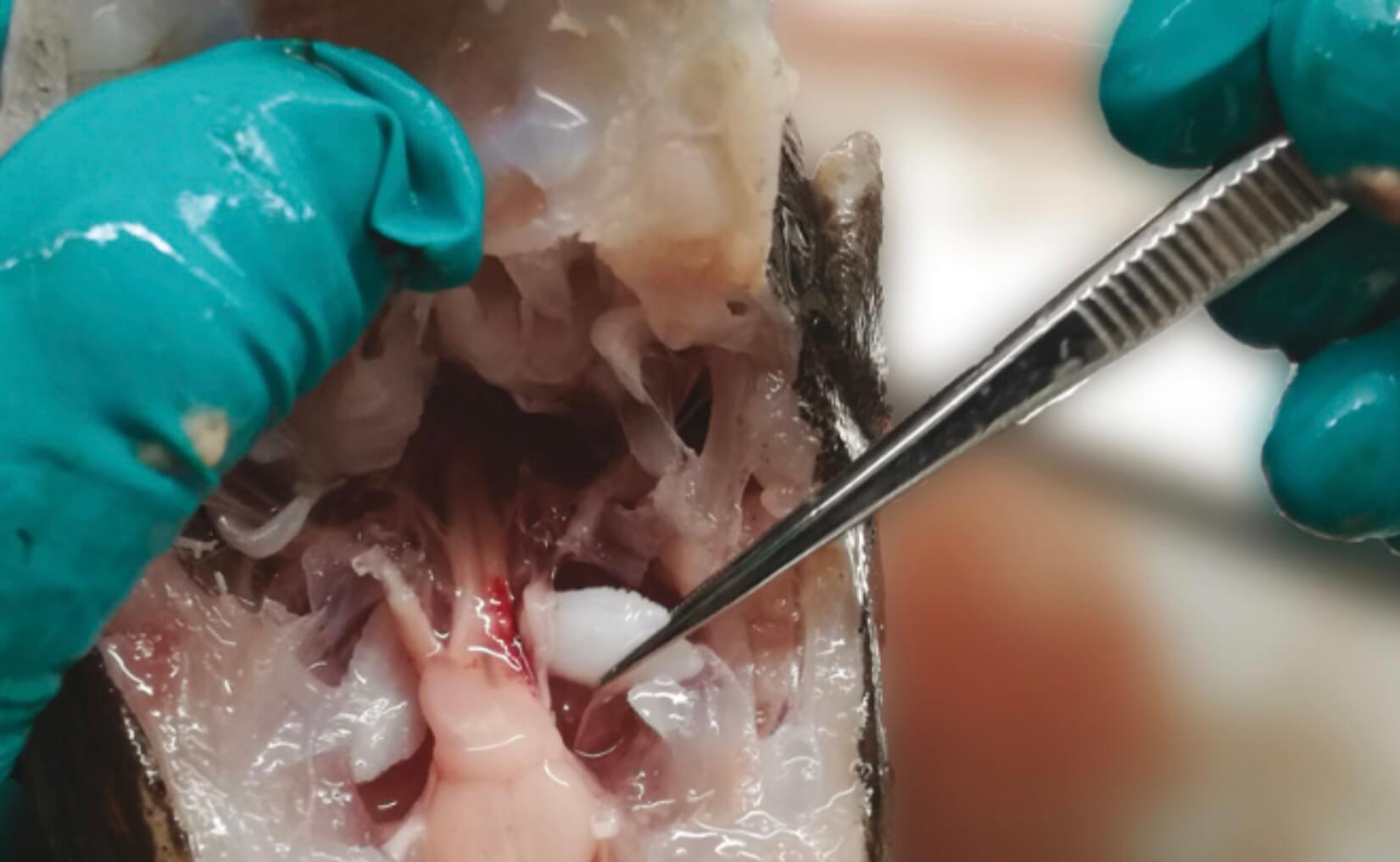
How to Cite
Share
Abstract
Fish otoliths, also called ear stones or statoliths, are calcified structures functioning as movement and equilibrium indicators in the inner ear of fish (Fig. 1). From hatching to death these structures grow incrementally, with new material accreted daily (Pannella 1971) in successive layers of protein (1–8%, Degens et al. 1969) and calcium carbonate. The accretion rate of otoliths varies with fish growth, and in temperate species it is usually lowest during the winter season (Hüssy et al. 2010). This results in concentric growth resembling the ringed structure in trees (Fig. 1D), enabling the use of dendrochronological techniques to approximate the age and growth history of fish. During growth, certain elements are incorporated into the otolith structure, some associated with proteins and some with the calcium carbonate component (Thomas et al. 2017), supplying a valuable record of different aspects in fish life history and serving as a potential environmental record. Previous studies show that trace element and isotopic compositions of otoliths can be used as a proxy for reconstructing water chemistry, temperature and salinity (Patterson et al. 1993; Thorrold & Shuttleworth 2000). Other studies demonstrate that elemental histories can be used to investigate fish spawning and migration patterns (e.g. Sturrock et al. 2012), and more recent studies use elements such as Zn, Cu and Mg as indicators of seasonality (Hüssy et al. 2016; Limburg et al. 2018). Combining this knowledge of elemental variation with the micro-beam capabilities of laser ablation inductively coupled plasma mass spectrometry (LAICPMS) turns otolith microchemistry into a powerful tool for studying important parameters fundamental for establishing modern, sustainable fisheries management policies (e.g. stock identification, migration, pollution indicators, spawning habitats, duration of larval and juvenile stages, and magnitude and timing of spawning). We present an analytical method developed by the Geological Survey of Denmark and Greenland (GEUS) in collaboration with the National Institute of Aquatic Resources, Technical University of Denmark (DTU Aqua), for element abundance analysis in otoliths. Analyses of otoliths from Baltic Cod (Gadus morhua; Fig. 1) are used as an example for its application.
How to Cite
Share
Downloads
Editors Adam A. Garde, Ole Bennike and W. Stuart Watt
The 22 contributions in this issue of Review of Survey activities demonstrate the broad field of activities performed by the Geological Survey of Denmark and Greenland and external partners.
Seven papers on Danish geology comprise an investigation of reservoir sandstones for oil [...]










